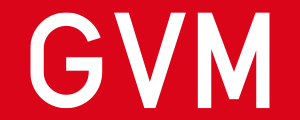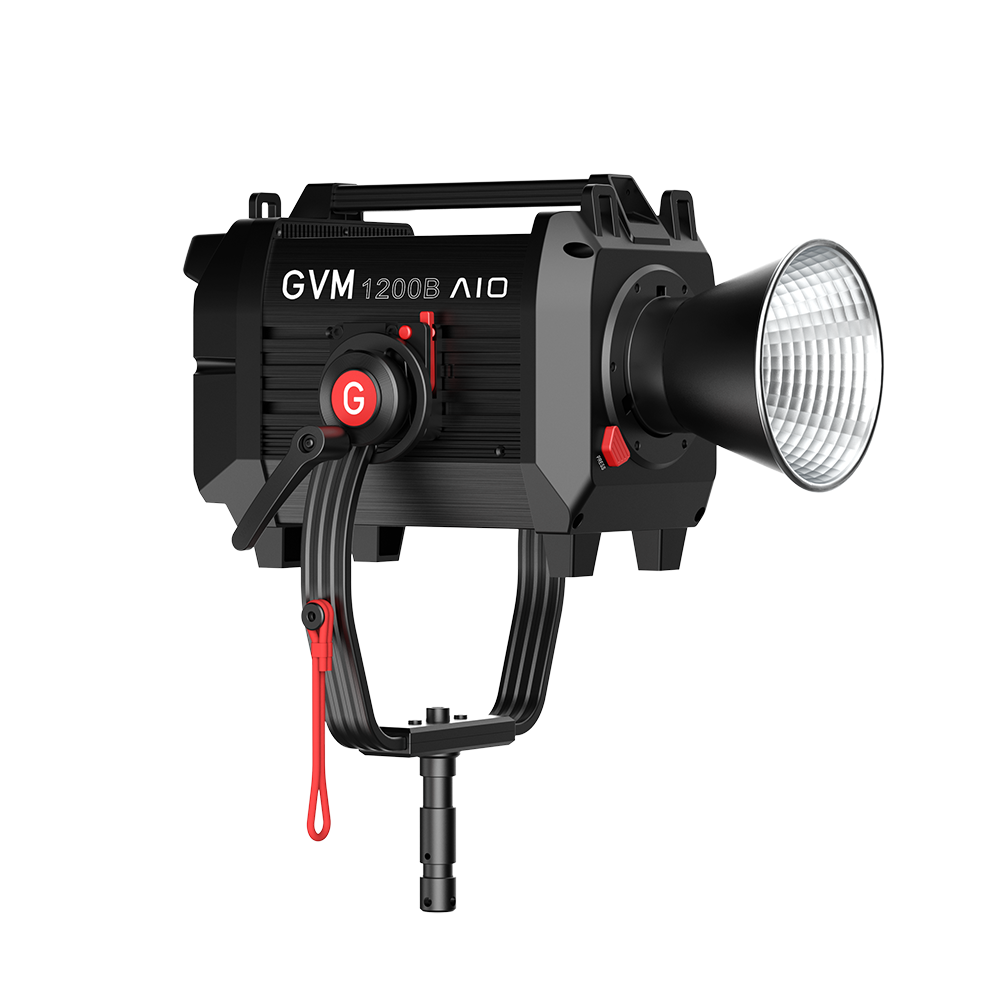Aesthetics of photography composition
Food photography is not only an art of living to record moments, but also an art of “picture creation”. The stability, freshness, firmness, color, etc. of the ingredients will disappear quickly with the passage of time. Food photographers need to grasp the time and seize the most vital shooting opportunities of the ingredients.

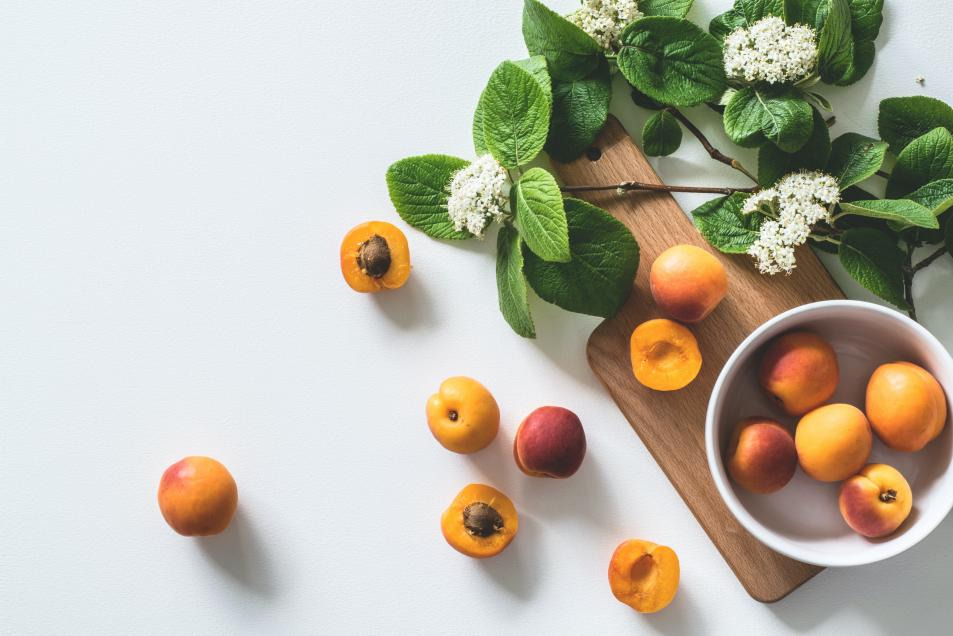
1.Color matching
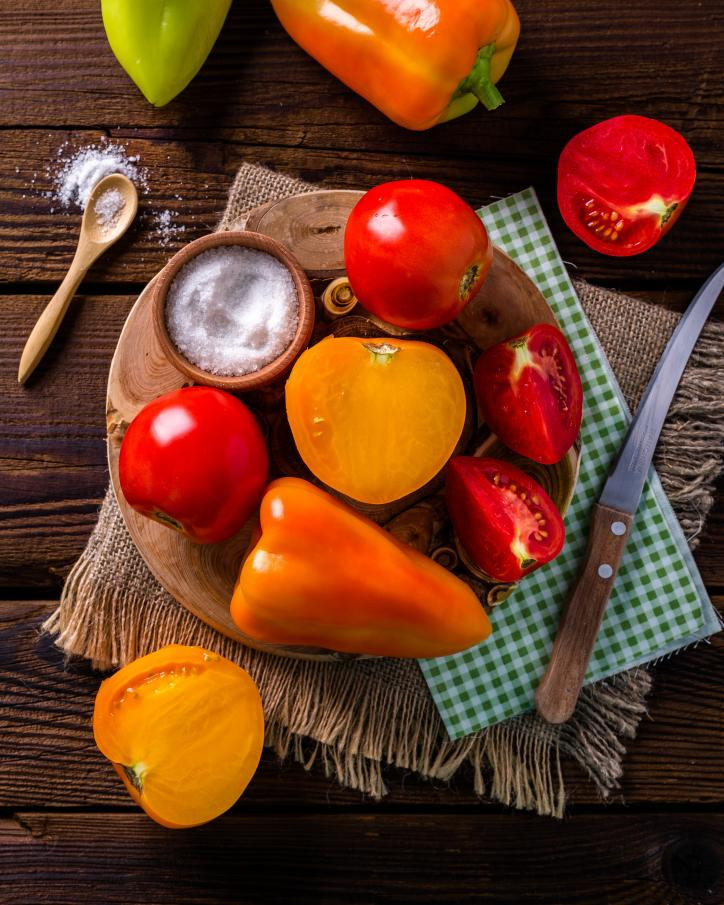

There is also a certain relationship between color and appetite. Bright and warm-colored foods such as red, orange, yellow, and green will make people appetizing and appetite. Colors like purple, black, and blue can suppress appetite. Reasonable decoration, good use of color matching, and the exquisiteness of the staple food. If food wants to make people appetite, the photographer’s use of color and the color of the food itself are very important. Good-looking food can make people appetite. Therefore, when we shoot food, we must pay attention to the color matching of food and the rational use of color.
2.Light
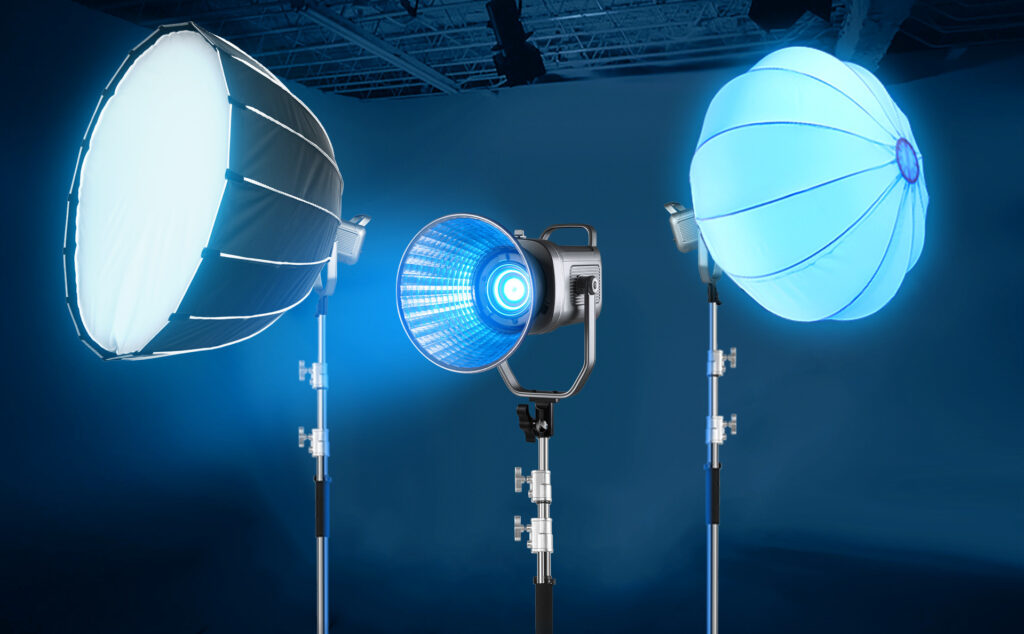
The meaning of the light source itself is to allow our subject to have enough light, but also to avoid the interference of light on the real object. We need a normal light, use natural light to make your photos look more natural. Use light through a window or daylight in food photography, as natural white light makes the color of the food look natural, which will help the image look more three-dimensional. But if the home is not well lit, it may be necessary to have additional lights or reflectors to help add light to the food. Food photography is suitable for shooting with side light, backlight or side backlight. Avoid lighting in the same direction as the shooting direction. Smooth light is not suitable for shooting food.

Softboxes are one of the most common adjustments in video and still life photography, and there are reflectors with honeycomb grids that cut off excess light and narrow the light source, allowing food photos to have strong contrast without being too harsh .
3.angle
Shoot a few more angles to find the best viewing angle. The best view for each food is different. Certain foods are suitable for photographing from a top view (top view), or may be at eye level in some foods. You have to experiment with taking pictures from multiple angles to find which one gives the best results.
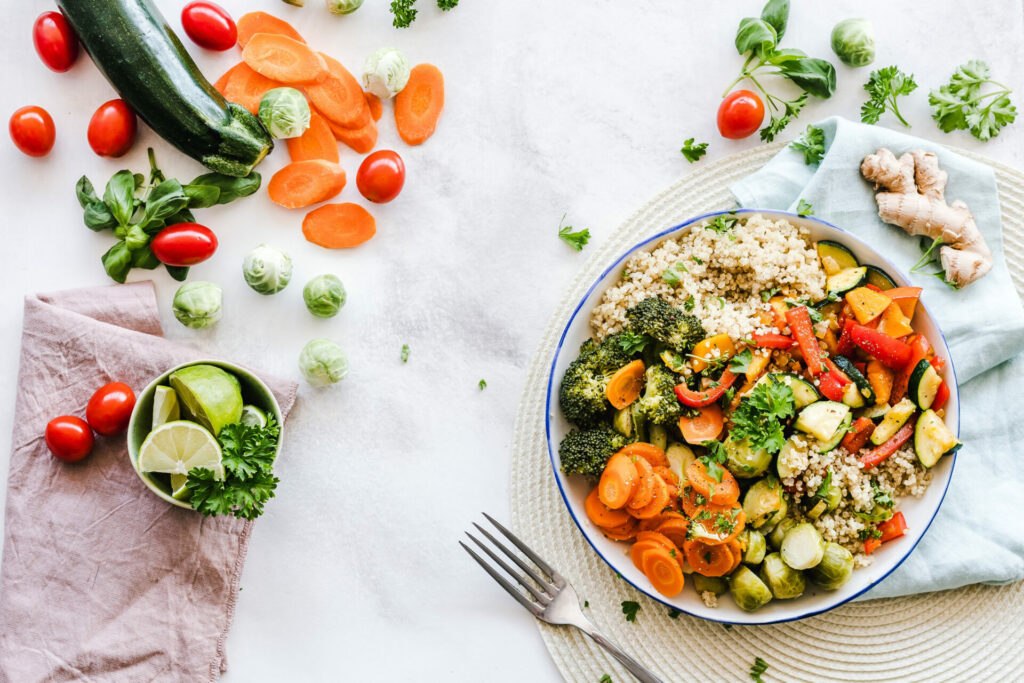

①top view
Set the camera directly above the subject and see the subject from a full top-down perspective. The circular object will appear as a perfect circle, and the desktop will be fully displayed.
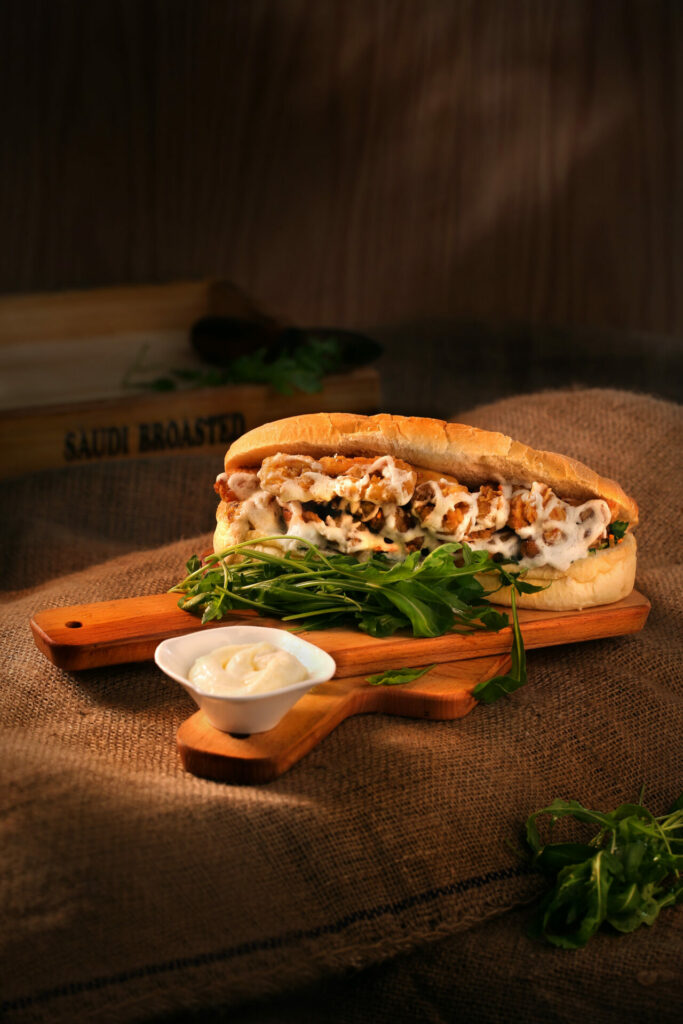

②45° shooting angle
This angle is usually the angle from which people sit at the dining table and watch the food while enjoying the food. The shooting angle of about 45° is the most commonly used angle in food photography. It is also easier to shoot from this angle to have a feeling of appetite.
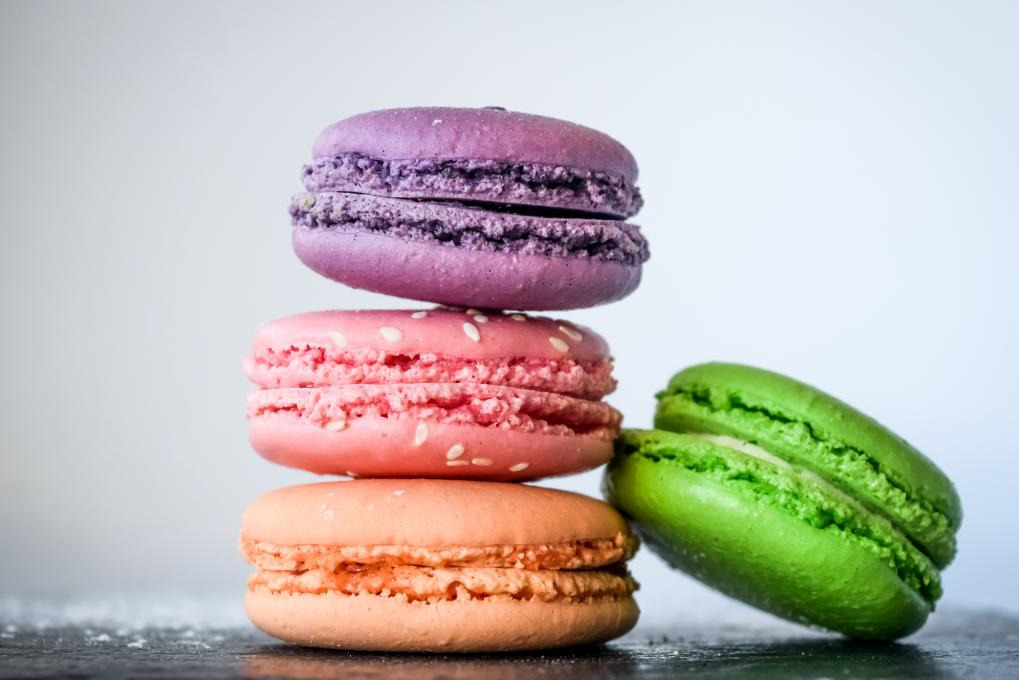

③side view angle
Set the camera position to the side of the subject to see the subject, and shoot at 0°, which is suitable for food with a strong sense of volume, a certain thickness and height, and rich side details.
4.desktop layout

①Use fabric as background aid
In food photography, using the background cloth as a shooting prop can add the humanistic element of the atmosphere, and the softness of the cloth can make your picture more warm and warm. It can also be folded to form a contrast with the food in the picture or add a sense of hierarchy.

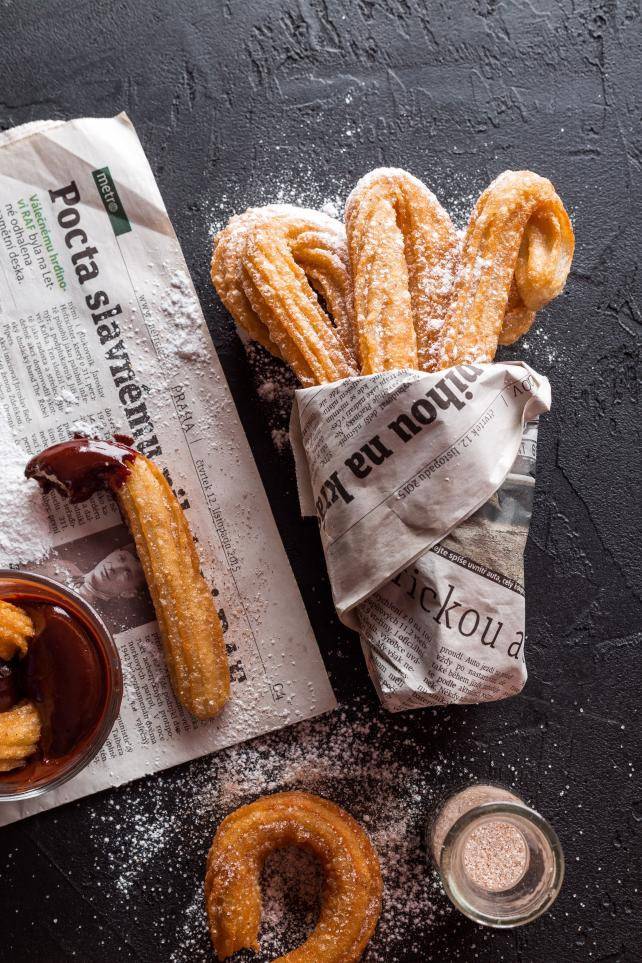
②crumbs on the table
If the picture is too empty or relatively monotonous, you can sprinkle raw materials, spices or crumbs to make the picture rich and vivid. For example, when shooting bread, use a wooden board as a background, and you can sprinkle some flour as a background decoration.

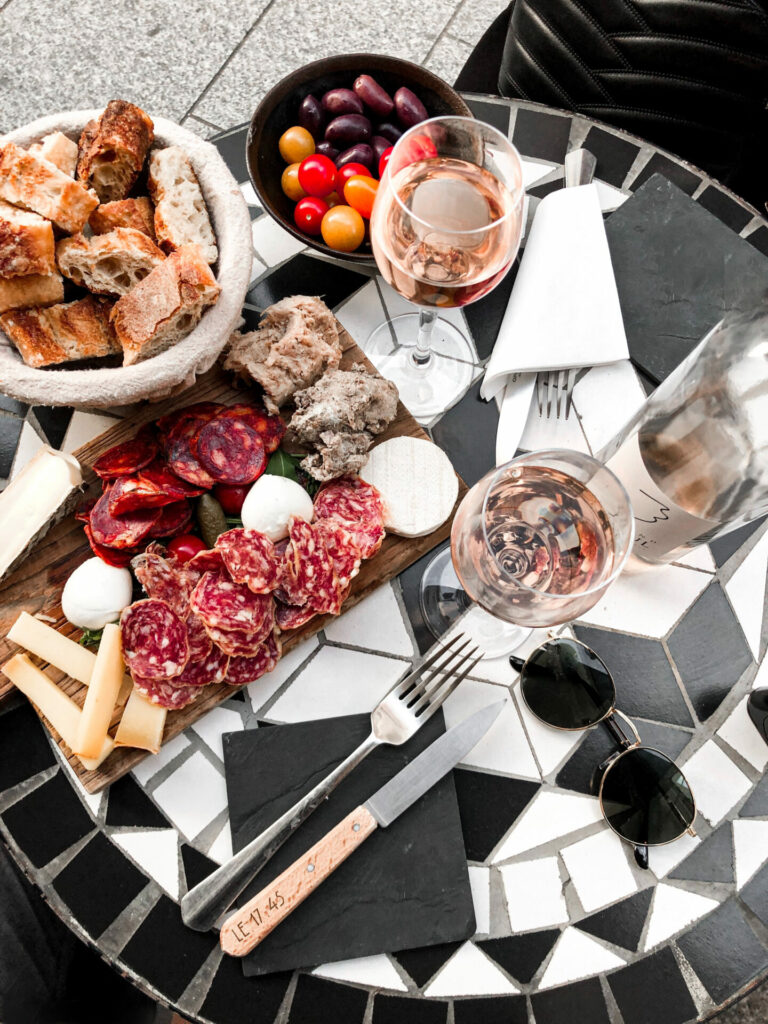
③Use solid color or textured background
The texture of the desktop will affect the shooting effect. Solid color PVC, solid color linen, textured wood, marble, cement board, acrylic board, etc. are all suitable for shooting.
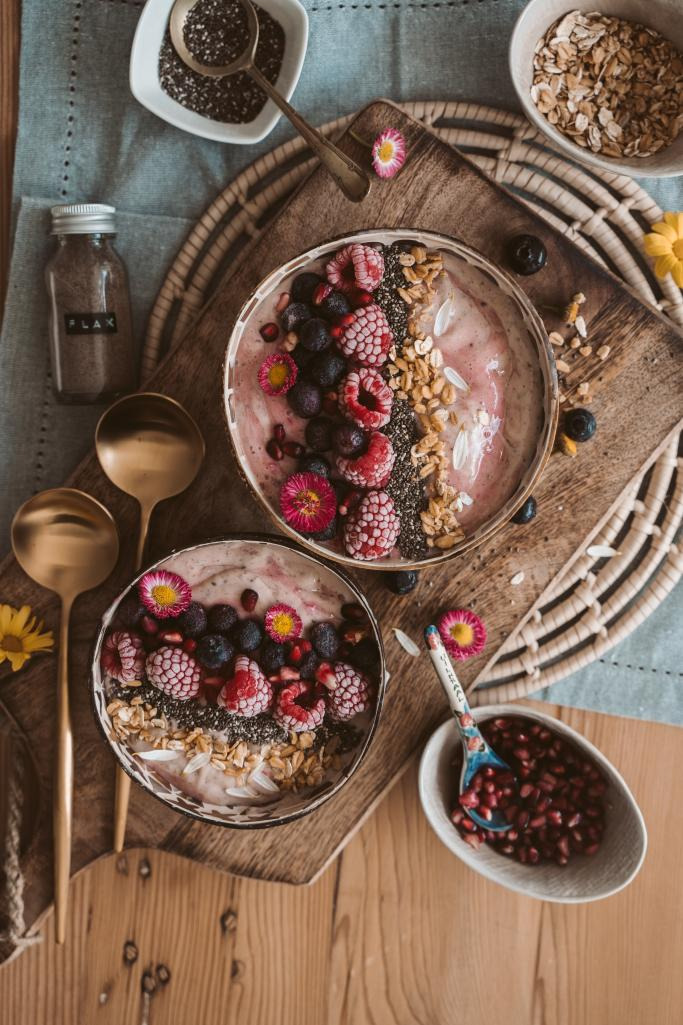
④delicate tableware
Delicate tableware can enhance the visual quality of food, avoid cheap tableware and white porcelain tableware with obvious reflection. It is recommended to use tableware with a matte texture, which is easier to be mirrored and will not have excess light spots and reflections. Stoneware, enamel plates, and wooden cutlery are great for photography.
GVM recommends a light and easy-to-use photography light for you:
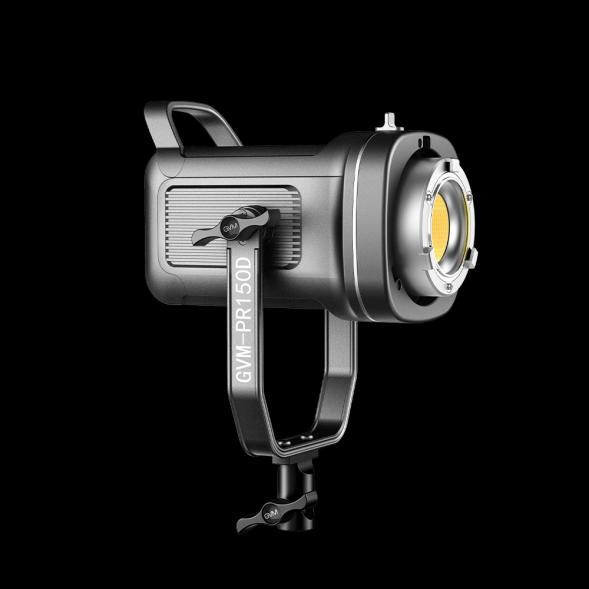
Employing the familiar, easy-to-use moonlight form factor, the GVM-150D LED
Video Light from GVM is a versatile light source with a daylight color
temperature of 5600K that blends in seamlessly when shooting outdoors or in situations
where daylight-balanced light fixtures are used.
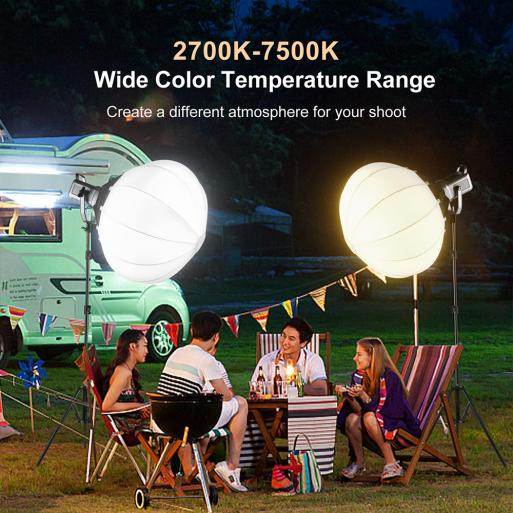
COB Bead
There is a high color
and Color Saturation.
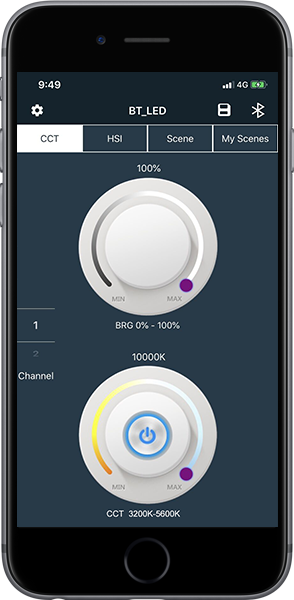
APP Intelligent
Control System
Featuring Mobile Bluetooth APP control function
can be controlled light by smart mobile device
Search the APP “GVM_LED” from major APP stores or the manual
